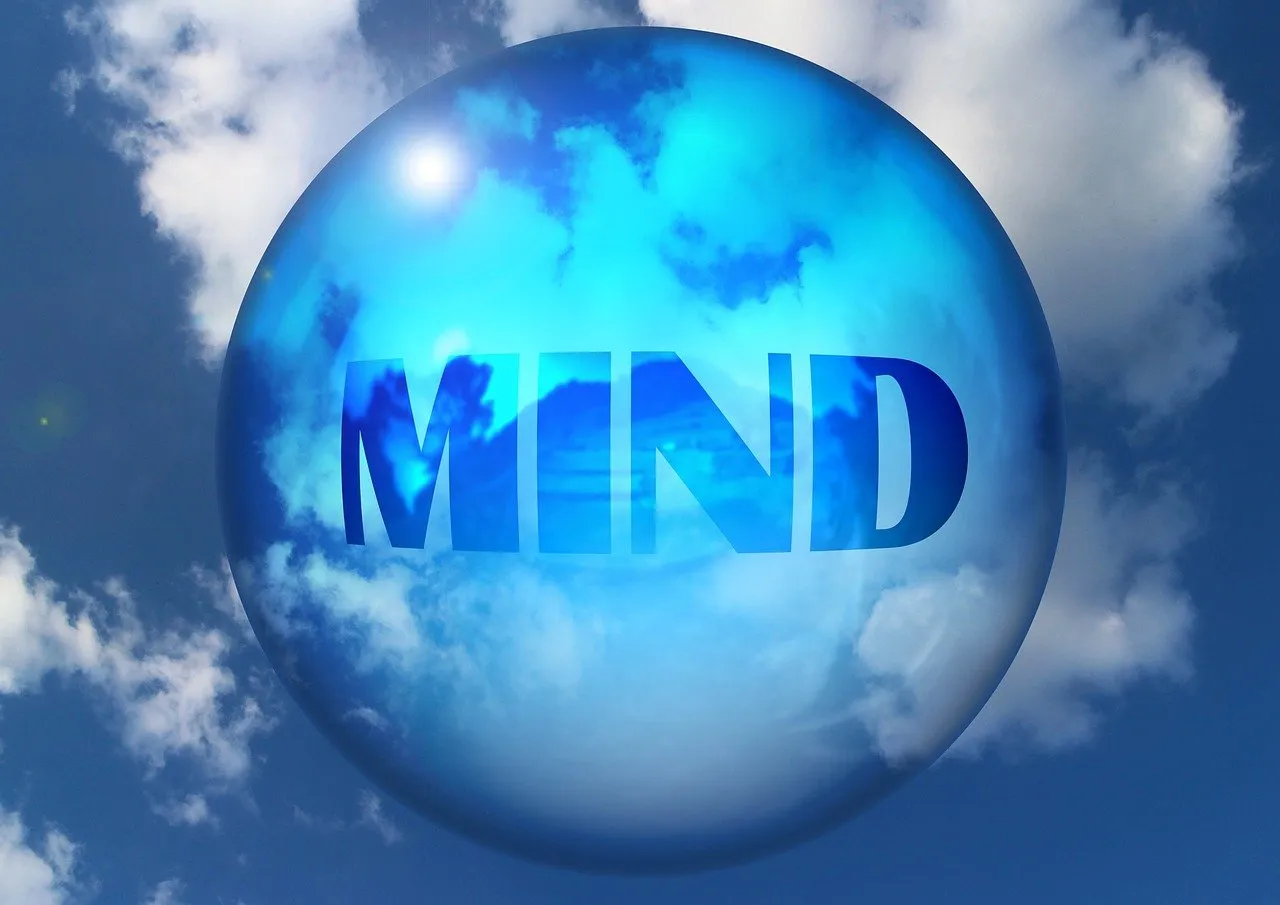Welcome, dear reader. Ever found yourself caught in the nostalgic web of old experiences, enjoying the fragrance of a scene, listening to a familiar melody, or tasting the tang of a childhood candy? And have you ever wondered how you’re able to recall those details? Here, we journey into the wondrous realm of memory, unraveling the mystery of how memories are made.
A Juxtaposed Journey of Consciousness
Let’s picture the brain as a vast library with countless books. Each book, a memory. Sounds captivating, isn’t it? But where do these ‘books’ come from? How are they written, especially the ones we revisit over and over? Well, friends, that’s what we’re about to explore.
The Brain: Architect of Memories
Memory-making begins in an organ chock-full of mystery – our brain. Specifically, in a part called the hippocampus, which acts like a scribe diligently transcribing every experience into memory.
The hippocampus could be likened to an artist intricately sculpting our experiences into lasting memories.
The Birth of Memory: A Three-Stage Process
1. Encoding: The First Encounter
Encoding forms the first step in creating memory. In this stage, sensory information from our experience is encoded into a format that our brain can understand.
2. Storage: The Silent Keeper
After encoding, the memory is then stored. This process could be equated to saving a file on a computer, holding onto it for future access.
3. Retrieval: The Magic of Recollection
Finally, when the need arises, these stored memories are retrieved, transporting us back into the past. It’s akin to opening an old file when you need the information it holds.
Decoding the Formation of Long-Term Memories
Now, we understand how memories are initially formed. But how do they manage to stick around for a long time? Let’s delve in deeper.
The Role of Repetition
Repetition, dear readers, is a key game-changer in the realm of memory.
Pondering a lesson repeatedly or practicing a skill frequently – all this repetition strengthens the neuronal connections, solidifying the memory.
- Repeated Exposure: The more times we encounter, the stronger the memory becomes.
- Emotional Connection: Memories intertwined with emotion tend to persist longer.
- Purposeful Learning: Memories reinforced through meaning or purpose are more likely to be remembered.
Does Sleep Matter?
Absolutely! While we slumber, our brain busily processes and consolidates our day’s events, transferring them from short-term to long-term memory. It’s a form of nocturnal fine-tuning that strengthens neural networks and anchors our memories in place.
Are all memories reliable?
This could stun you, but not all memories are reliable. Ever heard of false memories? They’re memories of events or details that never actually happened. Intriguing, isn’t it?
Magnetic Memories: How They Stick
And finally, let’s address how memories gain their stickiness. Much of it, we realize, has to do with what happens after encoding – a constant, dynamic process of consolidation, reconsolidation, and reinforcement. So, long story short, the more engaged we are with our experiences, the more likely we’ll remember them!
Questions for Reflection: Memories, Why Do Some Fade While Others Stay?
Why do some memories fade into oblivion while others remain vibrant, permanently etched into our brain’s canvas? Is it all about the emotions involved, or does it have more to do with how often we revisit those memories? Or is there another, more mysterious factor at play here? Consider it. Reflect upon it. After all, we’re nothing without our memories, right?

